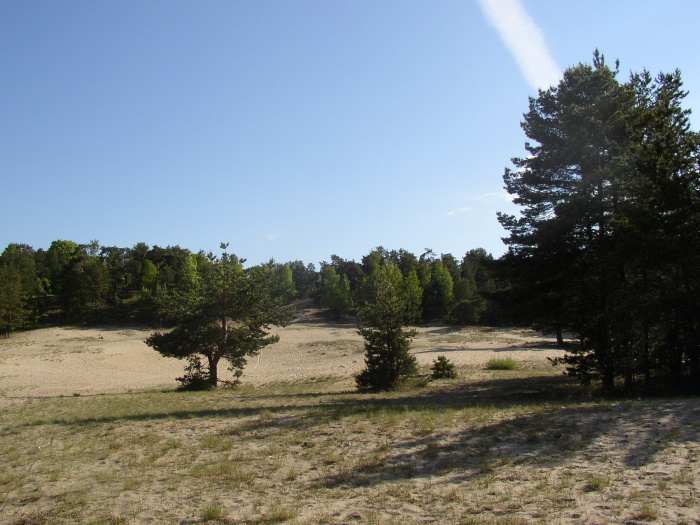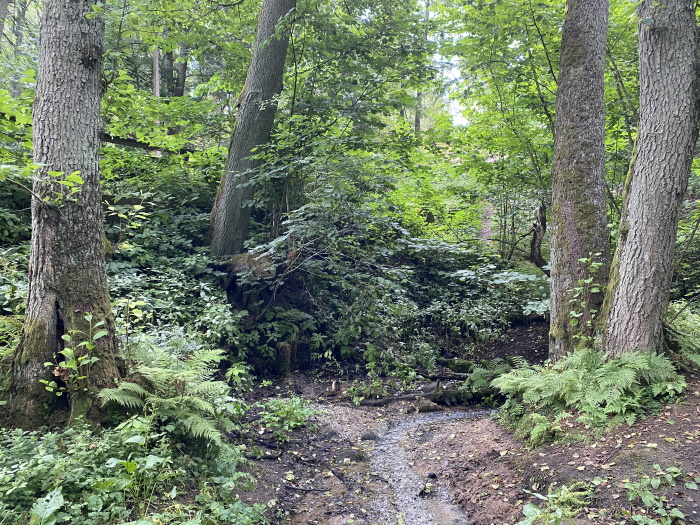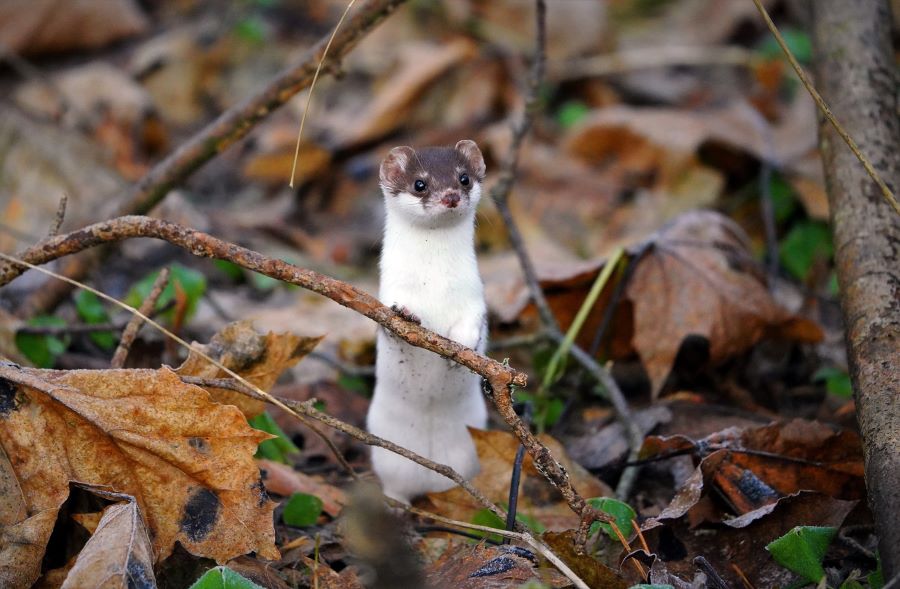Nature
Mustamäe slope and Nõmme sands
The slope of Mustamäe was formed during the last encroachment of the icecap and marks the position of the edge of the icecap. In the extensive delta area of the glacial river, the Nõmme sands formed as meltwaters from the glacier carried detritus, leading to the sedimentation of sand and gravel. The sands are located in the eastern part of the protected area at the foot of the Mustamäe slope. After the glacier receded, the development of the Mustamäe slope and the Nõmme sands were influenced first by the Baltic Ice Lake, later by the Ancylus Lake (9300–7600 years ago) and the Littorina Sea (7600–4200 years ago).

Springs
Many springs open in spring at the foot of the high and steep slope of Mustamäe. In the largest spring area of Glehn Park, up to 24 springs open on a section of about a kilometre, of which 10–12 are active in the summer. The most water-rich is the Rõõmuallikas, which can have a flow rate of up to 10 l/s. The water from the springs is sourced from the Nõmme sands. Water from the springs was reportedly still used for drinking in 1994.

Forests
The forests are diverse, with different species compositions due to the varying water supply. The forests of the protected area include Sütiste Forest, Rahumäe Forest, Hüppetorni Forest, Rõõmuallika Forest, Kivinuka Forest, Kuusiku Forest, and Glehn Park Forest.
The thin overburden of the protected area is mostly covered by dry heath pine forests and sandy heath forests. The most notable in urban conditions is the presence of carrs, located under the slope of Mustamäe in the area of springs, where alders, birches, aspens, oaks, as well as individual spruces and pines grow. One of the most impressive forests is the Kuusiku Forest, where the oldest spruces are approximately 150 years old. In addition to forests, there are also biotic communities of open landscapes: alvars and grasslands on mineral soil.
Biota
In the varied landscape, biotic communities with species-rich biota have developed. Ten protected plant species have been found, the most important of which are the sand pink and the pasque flowers growing on the sands. Of the orchids, the dark-red helleborine, the common spotted orchid, the eggleaf twayblade, and others grow in the area. There are 59 species of mosses and 98 species of lichens. More than 120 species of birds have been recorded. It is noteworthy that the northern goshawk has nested in the protected area for more than a decade. Of the birds of prey, the Eurasian hobby, the common buzzard, and the Eurasian sparrowhawk nest in the protected area. Hollow trees provide habitats for woodpeckers (black woodpecker, lesser spotted woodpecker, and great spotted woodpecker), great and blue tits, and European pied flycatchers. European robins, nightingales, Eurasian blackcaps, common whitethroats, and others live in shrublands and places with dense undergrowth. Numerous Eurasian chaffinches, willow warblers, Eurasian blackbirds, and others inhabit the heath pine forests and sandy heath forests.
Hollow trees serve as a shelter for bats. Of the amphibians, the grass and moor frog and the common toad live in the protected area. Of the mammals, grey hares, foxes, and roe deer can be encountered.
